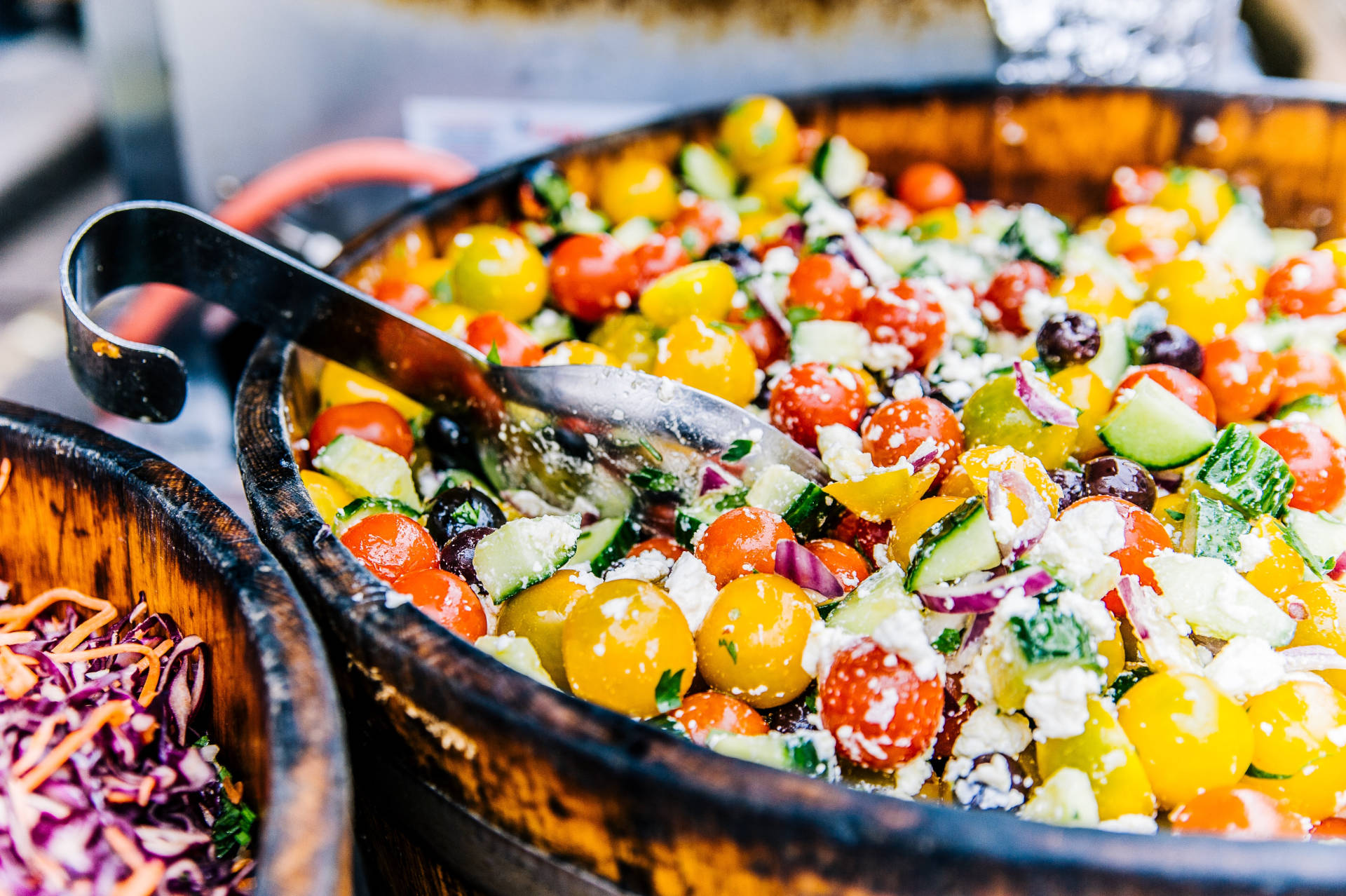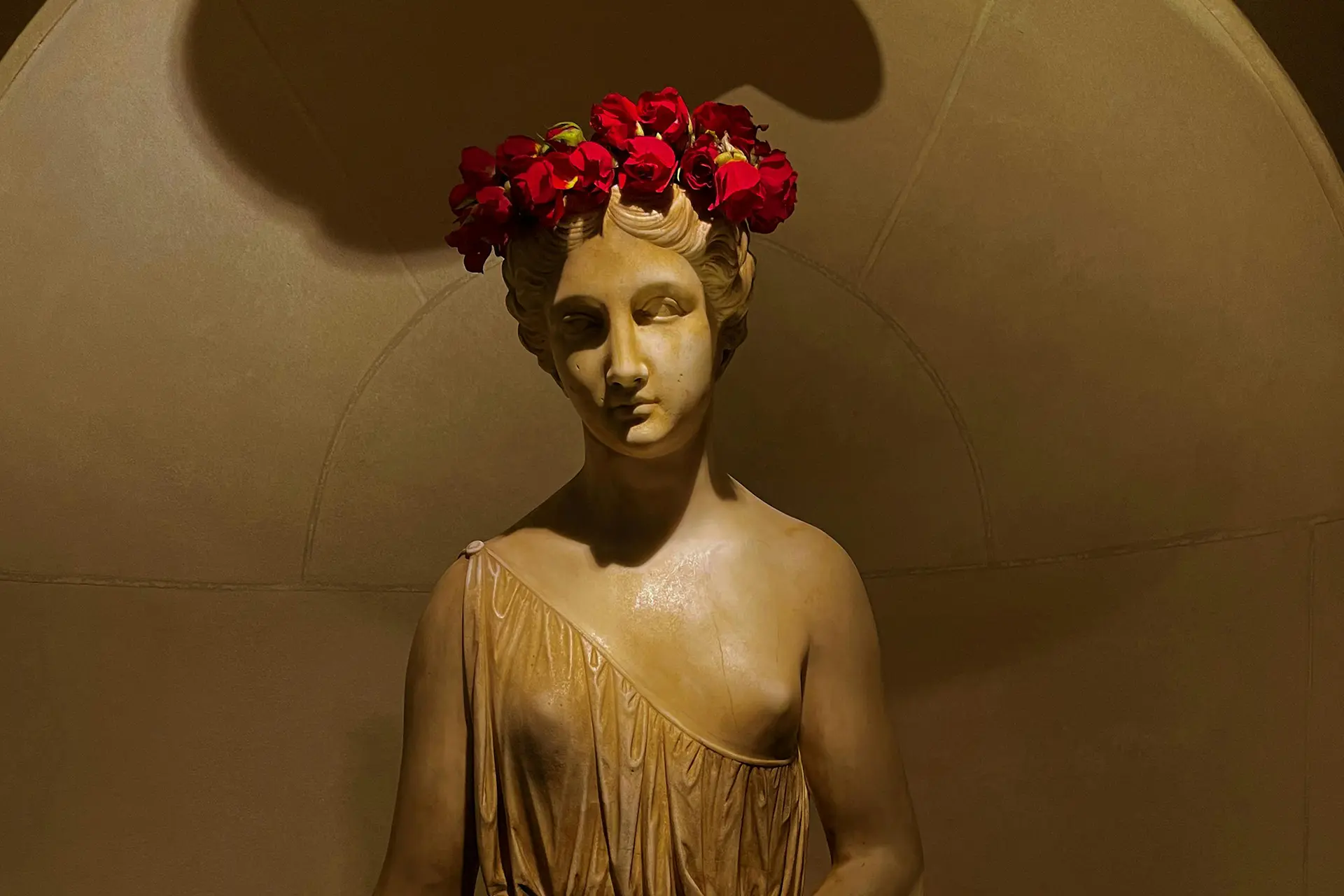
In the shadow of Mount Olympus, where myths and landscapes are forever entwined, the story of Demeter—Goddess of Harvest and Fertility—takes root in both soil and spirit.
As a central figure in ancient Greek mythology, Demeter was not just a divine symbol of nature’s abundance but a personification of the rhythms of life, death, and renewal. Her presence is still felt in the fields, forests, and festivals of Greece, especially in the fertile plains stretching below Olympus.
The Mythical Origins of Demeter
Demeter, one of the twelve Olympian deities, was revered as the giver of grain and protector of agriculture. According to myth, she was the sister of Zeus and the mother of Persephone. Her most well-known tale is the poignant story of her daughter’s abduction by Hades, god of the underworld.
In her grief, Demeter allowed the earth to wither, causing the first winter. Only when Persephone was permitted to return for part of the year did Demeter allow life to blossom again, thus explaining the cycle of seasons. This myth was not just a tale—it was a deeply spiritual understanding of nature’s balance, reflecting the profound connection the Greeks felt between their gods and the land they lived on.

A Living Legacy in the Land of Olympus
The region around Mount Olympus is one of Greece’s most fertile, with rich soils supporting everything from olive groves and vineyards to grain fields and orchards. Ancient people believed Demeter blessed these lands herself, and archaeological sites such as ancient Dion reveal temples and sanctuaries dedicated to her worship.
Even today, farmers in the Pieria region speak with reverence about the cycle of growth and harvest, often unknowingly echoing the ancient rituals that once honored the goddess. Festivals in nearby towns—some rooted in pagan customs, others woven into Christian celebrations—still reflect Demeter’s enduring influence.
Rituals, Offerings, and the Eleusinian Mysteries
Demeter’s importance was especially evident in the Eleusinian Mysteries, sacred rites held in her honor in the town of Eleusis. Though their exact practices remain a mystery, we know they involved secret ceremonies, offerings of grain, and a symbolic journey that mirrored Persephone’s descent and return. These rites promised participants a deeper understanding of life and death—and even a glimpse of immortality.
In the context of Mount Olympus, such rituals were part of a greater spiritual tapestry. The mountain itself, as the mythic home of the gods, stood as a bridge between heaven and earth. To honor Demeter in this landscape was to honor the source of all nourishment and the sacred pulse of the seasons.
Demeter in Daily Life and Local Traditions
Beyond temples and myths, Demeter’s essence was—and still is—found in daily life. Bread-making, harvesting grapes, and tending the land are acts imbued with a quiet reverence for the life-giving forces she embodies. In villages like Litochoro and Paleos Panteleimon, seasonal dishes made from wheat, legumes, and fruits are a tribute to her gifts.
Local recipes that feature barley, lentils, and figs are culinary echoes of ancient offerings. During harvest festivals, wreaths made of wheat and herbs are still displayed—reminders of an unbroken lineage that stretches back to when Demeter was more than a symbol, but a divine presence in every seed.

More Than a Myth
To speak of Demeter is to speak of the earth itself—its abundance, its fragility, and its endless ability to renew. Her myth is one of loss and return, of death and rebirth, and of the sacred role humans play in stewarding the natural world.
Mount Olympus, with its towering peaks and fertile foothills, remains a living testament to her influence. And for those who walk its trails, taste its harvests, or feel the sun warm the soil beneath their feet, Demeter’s story continues—whispered in the wind, carried in the scent of ripe fields, and written in the cycles of nature.



